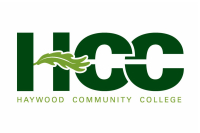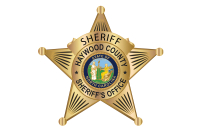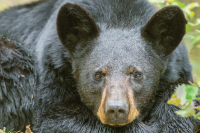Identifying birds
 Although bird identification can be perplexing — baffling at times for even the most accomplished birders — the principles of identification are relatively simple. We recognize birds by their visual appearances and by their vocalizations.
Although bird identification can be perplexing — baffling at times for even the most accomplished birders — the principles of identification are relatively simple. We recognize birds by their visual appearances and by their vocalizations.
Birds have two basic kinds of vocalizations. Call notes are given by both males and females of the same species year-round in order to stay in touch with one another or express alarm. For instance, the rufous-sided towhee (a common permanent resident in Western North Carolina) seems to whistle its name “tow-heee” in all seasons. Then during the breeding season, the male will emit the vocalization we call song in order to establish a breeding territory, attract a female, and warn all other males out of that territory. In the male towhee’s case, this song sounds like“drink-your-tea” to human ears.
The phrases birders associate with specific calls and songs for various species are known as “mnemonic devices.” These allow one to readily identify a bird without ever seeing it at all. In the world of bird identification, seeing and hearing a bird have equal value.
You can find the mnemonics for most species in a good field guide, and the various bird tapes and CD’s now available will allow you to hear them again and again. But nothing beats going out with local birding groups to learn the mnemonics for the species in your area.
Visually, we recognize birds by their silhouettes, flight patterns, and distinctive markings. One area of bird identification that is particularly rewarding is learning — where possible — to recognize males and females of the same species when their appearance differs. Perhaps a third of the common birds in WNC are clearly dimorphic. It’s interesting how many identifications you can make in a given day of both the male and female of a species.
Related Items
Cardinals, rufous-sided towhees, rose-breasted grosbeaks, indigo buntings, house finches, red-winged blackbirds, and numerous other species are a piece of cake. You won’t have any doubt which you’re seeing.
Others — like the numerous warblers — will be more of a challenge. Sometimes the differences in coloration or marking between the two will be very slight. Sometimes the differences will be remarkable.
The male and female orchard orioles that breed in WNC are notable in this regard. The male orchard oriole is black with deep chestnut underparts. The female is olive brown with underparts that are yellowish.
Almost everybody can identify a male scarlet tanager (crimson bode with black wings) … but would you recognize the female if she landed on your shoulder?
George Ellison wrote the biographical introductions for the reissues of two Appalachian classics: Horace Kephart’s Our Southern Highlanders and James Mooney’s History, Myths, and Sacred Formulas of the Cherokees. In June 2005, a selection of his Back Then columns was published by The History Press in Charleston as Mountain Passages: Natural and Cultural History of Western North Carolina and the Great Smoky Mountains. Readers can contact him at P.O. Box 1262, Bryson City, N.C., 28713, or at This email address is being protected from spambots. You need JavaScript enabled to view it..









